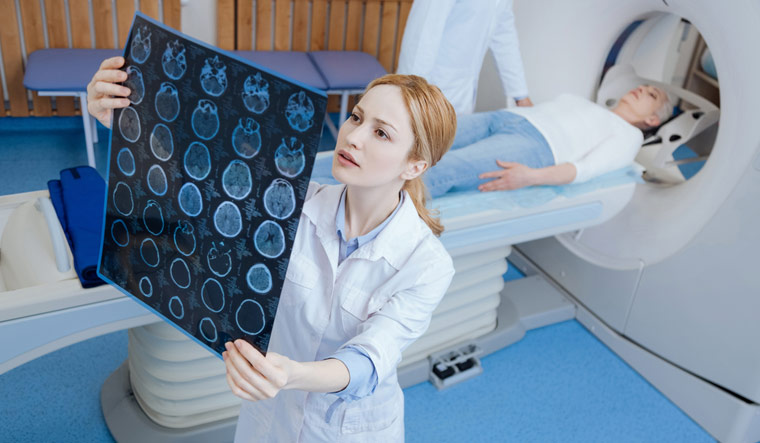A groundbreaking method for in vivo brain imaging has been unveiled by a team of researchers led by the Exploratory Research Center on Life and Living Systems (ExCELLS) and the National Institute for Physiological Sciences (NIPS). Referred to as the “nanosheet incorporated into light-curable resin” (NIRE) method, this innovative approach promises to enable large-scale and long-term observation of neuronal structures and activities in awake mice.
This groundbreaking development has the potential to shed light on the intricacies of neuroplastic changes at various levels over extended periods in animals that are awake and engaged in various behaviors, ultimately paving the way for a deeper understanding of the brain's inner workings.
Lead author Taiga Takahashi of the Tokyo University of Science and ExCELLS explained, "The NIRE method is superior to previous methods because it produces larger cranial windows than previously possible, extending from the parietal cortex to the cerebellum, utilizing the biocompatible nanosheet and the transparent light-curable resin that changes in form from liquid to solid."
This method, which involves the use of light-curable resin to fix polyethylene-oxide–coated CYTOP (PEO-CYTOP) nanosheets onto the brain surface, has the potential to facilitate extended periods of high-resolution imaging with minimal impact on transparency. Corresponding author Tomomi Nemoto at ExCELLS and NIPS emphasized, "The NIRE method enables imaging to be performed for a longer period of more than 6 months with minimal impact on transparency. This should make it possible to conduct longer-term research on neuroplasticity at various levels—from the network level to the cellular level—as well as during maturation, learning, and neurodegeneration."
Nemoto added, "The method holds promise for unraveling the mysteries of neural processes associated with growth and development, learning, and neurological disorders. Potential applications include investigations into neural population coding, neural circuit remodeling, and higher-order brain functions that depend on coordinated activity across widely distributed regions."
In essence, the NIRE method represents a significant advancement in the field of neuroimaging, providing a powerful tool for researchers to investigate neural processes that were previously difficult or impossible to observe. This novel approach's ability to create large cranial windows with prolonged transparency and fewer motion artifacts should allow for large-scale, long-term, and multi-scale in vivo brain imaging, opening new opportunities to enhance our understanding of the brain's complexity and function.


